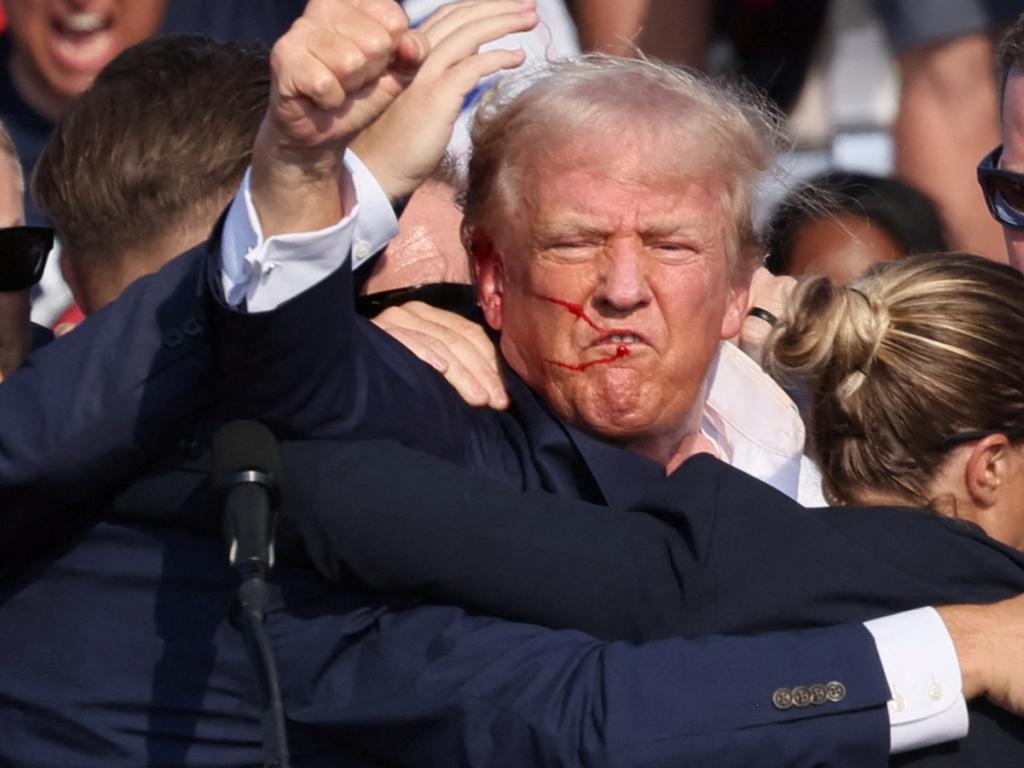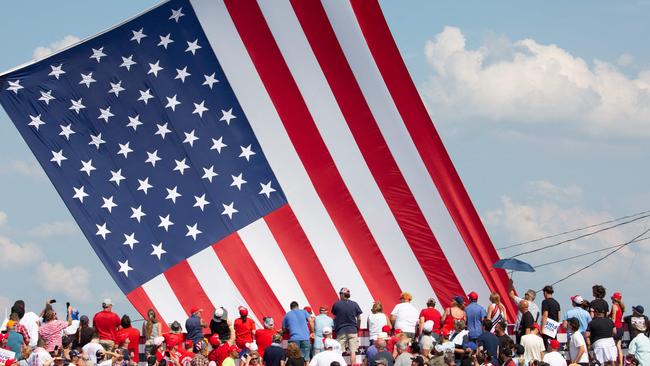
In March 2016, a YouGov survey found seven out of 10 Democrat voters believed there were “fascist undertones” to Donald Trump’s presidential election campaign. Three-quarters of them believed Trump was guilty of encouraging violence at his rallies.
In a thoughtful essay in The Atlantic, Peter Beinart said the results raised a question that would likely bedevil progressives for years to come. “If you believe the president of the United States is leading a racist, fascist movement that threatens the rights, if not the lives, of vulnerable minorities, how far are you willing to go to stop it?” he wrote.
History encourages caution in attributing motives to would-be political assassins. Yet we can assume with some certainty that the life the assassin sought to end was not the unfortunate person behind Trump in the crowd. We can assume the motive was political.
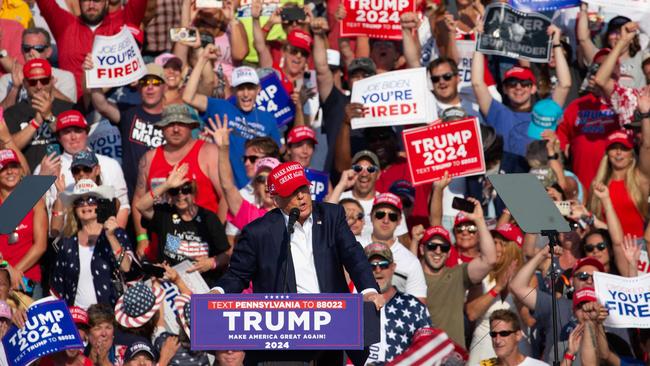
It was an attempt to achieve what scores of lawyers and millions of legal dollars have failed to do by definitively ending Trump’s chances of a second term.
The peaceful transition of power rests at the centre of a stable, institutionalised democracy. It is one of the elements that distinguishes a civilised society from barbarism. In the coming weeks, we are likely to discover just how stable democracy is, not just in the US, but also in Europe, where threatened or actual violence is part of the extremists’ political repertoire.
The media and the established political class would have us believe these threats comes from the so-called hard right, which is widely portrayed as akin to fascism, a political movement that sanctioned violence as a means of gaining and holding on to power in the 1920s and ’30s, notably in Italy and Germany.
The movement’s German origins can be traced back to the Weimar Republic when the then-Stalinist Communist Party of Germany formed Antifaschistische Aktion, from which the moniker Antifa came.
The contemporary Antifa movement began with the formation of the Maoist Communist League in the early 1970s. The influence of Maoist philosophy, with its emphasis on constant struggle and Mao Zedong’s justification of violence, has been too easily overlooked in recent years.
Yet, as David Martin-Jones and MLR Smith wrote in their 2022 book, The Strategy of Maoism in the West, the violent tactics employed in Mao’s Cultural Revolution have been consciously adopted by Western radicals.
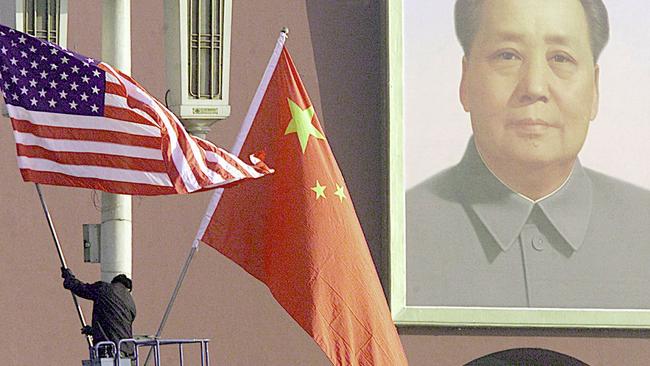
They rose to the surface after the death of George Floyd at the hands of Minneapolis police in 2020, which became the trigger for a wave of violence and destruction in cities across the US. The pattern of the violent outbreaks indicated they were far from spontaneous. It was the eruption of a violent, anti-capitalist, cultural war that had been workshopped for six decades.
US democracy had the resilience to survive previous incarnations of domestic terrorism, such as the Weather Underground movement of the 1960s, which claimed responsibility for 25 bombings, including the US Capitol, the Pentagon, the California attorney-general’s office, and a New York City police station.
German democracy survived a more dangerous, violent phase in the 1970s driven by the Red Army Faction and the associated Baader-Meinhof gang, modelled on the urban guerrilla tactics of Tupamaros in Uruguay. France survived the campaign of violent disruption led by the Maoist-inspired Action Directe in the 1980s and the periodic burning of cars, the most recent incidence of which occurred as recently as last week in reaction to the gains made by the conservative nationalist Rassemblement National party in parliamentary elections.
None of this is to ascribe motives to Trump’s would-be assassin or justify his actions. Nor is it to assume political violence is only perpetrated by the left. There are many examples of violence employed in pursuit of political goals by extremists on the right.
Nor should we imagine the level of political violence in Western democracies has escalated beyond the point at which civic authorities can control it. The prompt and heroic intervention of Secret Service officers at Sunday’s rally shows that is not the case.
However, the lesson from the early 20th century is that liberal democracies are seldom, if ever, overthrown by actual violence. Democracies crumble of their own accord when violence becomes normalised and even embraced by the intelligentsia.
It begins with manufacturing a threat so great that normal civil processes must be suspended. It is accelerated by the acceptance of violent or criminal actions as necessary to prevent a greater evil.
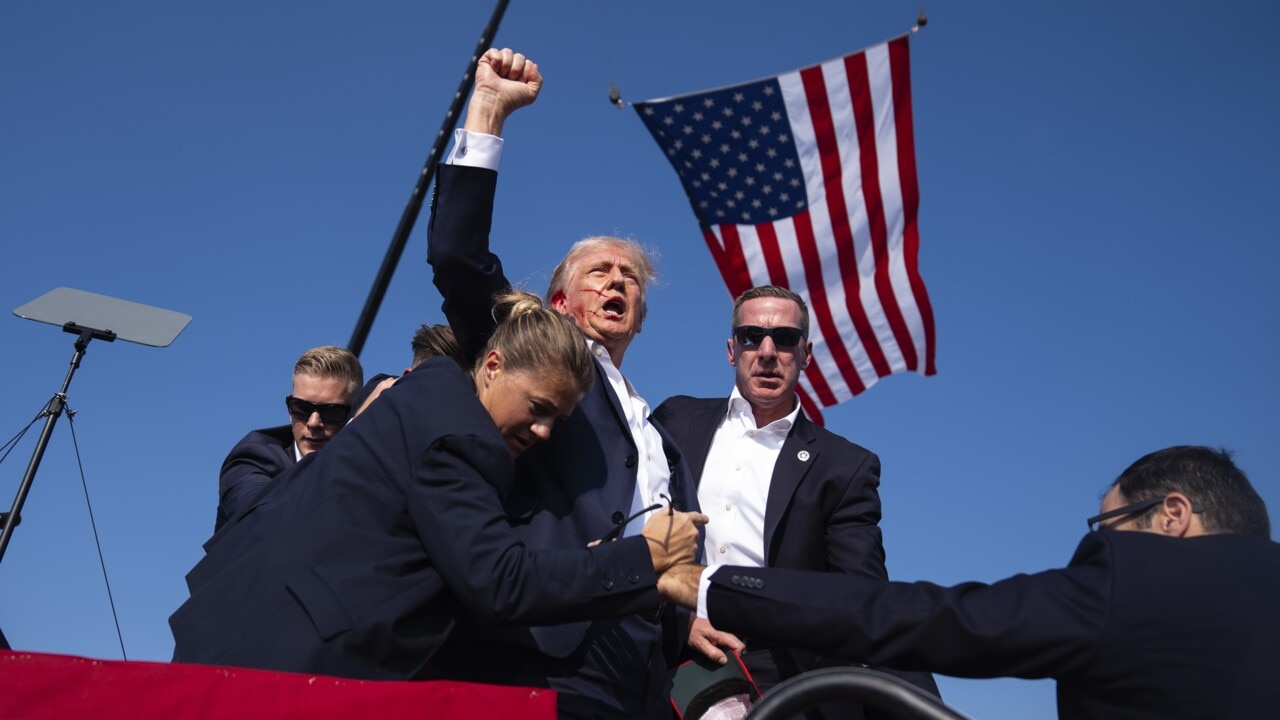
Experience shows us stable democracies can survive and can even be strengthened by isolated assassination attempts on political leaders. That depends, however, on what happens next, on the strength of condemnation across party lines, on the ability of leaders to unite in the face of a threat more dangerous than merely losing an election.
The initial hesitancy of the Associated Press, The New York Times, The Guardian and others to even acknowledge this was an assassination attempt is troubling. AP’s refusal two hours after the incident to accept Trump’s claim he had been hit by a bullet, as well as speculating whether he’d been accidentally hit by his security guards, was bizarre.
The health of US democracy will be judged by Trump’s friends’ and enemies’ reactions to this incident. It will be measured partly by Trump’s supporters’ ability to react with respect for civil law.
It will be measured equally by the reaction of his opponents and their ability to suspend their extraordinary sense of fear and loathing.
They must condemn the shooting as forcefully as they would if it had been aimed at one of their own.
Nick Cater is a senior fellow at the Menzies Research Centre and a visiting fellow at the Danube Institute.


